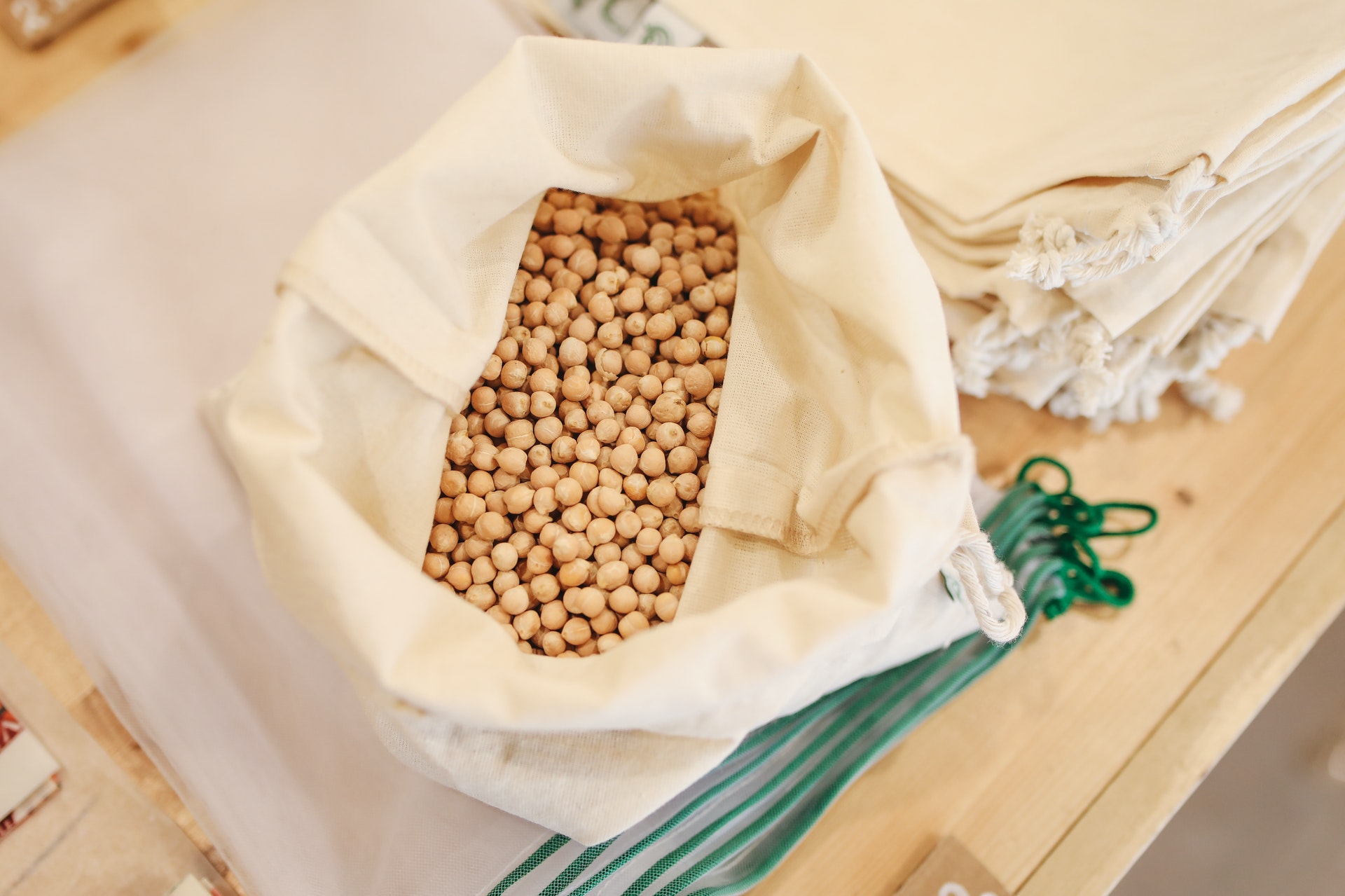Drought threatens soybean and corn crops in Argentina
Drought threatens crops: the threat of reduced soybean and corn yields
Argentine farmers are concerned about weather conditions in the country that could reduce yields and product quality. Drought threatens crops, brought on by La Niña. This climatic feature occurs in the Pacific Ocean and leads to a sharp cold snap and reduced precipitation in several South American countries.
Forecasters predict that the impact of La Niña will continue for six months. The weather deterioration will primarily affect corn and soybeans. Moreover, a decrease in the amount of precipitation will damage other sectors, including navigation, hydropower, and water supply. And even when the situation starts to improve, it will take quite a long time for these sectors to recover.
Local farmers are already counting the losses that La Niña has caused. It is worth noting that Argentina is the world’s third-largest exporter of corn, and is the leader in supplying soybean meal for animal feed. The latter is exported to many countries, including Europe and Asia.
Falling water levels in Argentina’s main river, the Paraná, have caused difficulties for shipping. Specialists have had to reduce the carrying capacity of transport by 18-25%, which has affected the volume of transport. The water in the Parana has been declining for 3 years, which in turn has caused an 80% drop in the country’s main agricultural port. In order to return the volume of groundwater to optimum levels, 300-400 mm of rain would have to fall in 2 months. This is practically impossible to achieve. During the corn and soybean ripening season, La Niña is expected to reduce rainfall by 20-30%. This is critical to full crop maturity, so yields are expected to decline.
During the corn and soybean ripening season, La Niña is expected to reduce rainfall by 20-30%. This is critical to full crop maturity, so yields are expected to decline.
The past arrival of La Niña was seen in the 2017/2018 season, when corn production dropped to 34 million tons and soybean production dropped to 35.5 million tons. By comparison, last marketing year’s corn crop was 38 million tons and soybeans 43.5 million tons. One of the most successful seasons for Argentina can be considered 2019/2020. There were good weather conditions and local farmers managed to harvest 51.5 million tons of corn. Soybean production was at 49 million tons.
The sale of grain is extremely important for the country, this export brings the most money into the treasury. Now Argentina needs an influx of new funds, because the recession that lasted for 3 years has weakened the economy. A pandemic has also worsened the situation, from which the country cannot recover.
